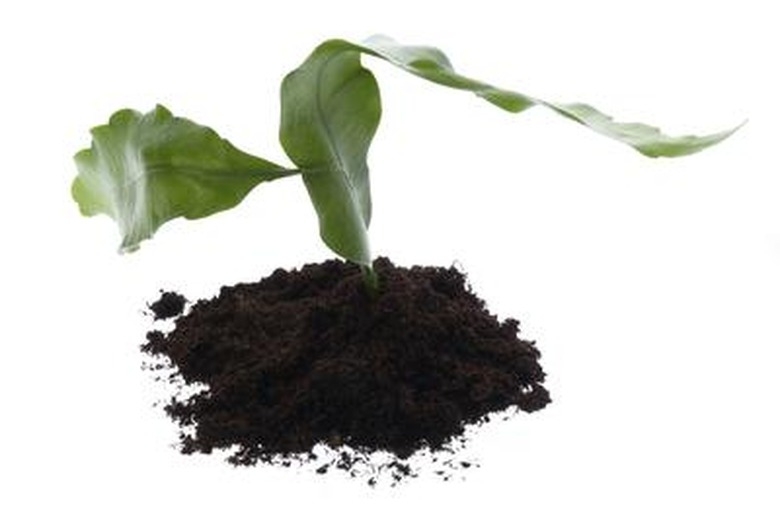How To Use SAD Lights To Grow Plants
Things Needed
-
Full-spectrum light bulbs
-
Potting soil
-
Seeds
-
Containers
Tip
If you live in a low-light area and your houseplants need an occasional boost of energy, place them under the bulbs.
"Vitamin D is the only vitamin that the body can manufacture itself. The only requirement is sunshine–specifically ultraviolet B rays," according to Mayo Clinic website. And just as people need vitamin D to thrive, so do plants. It makes sense, therefore, that full-spectrum light bulbs–those used in light therapy to treat Season Affective Disorder–could be used to help plants grow. Full-spectrum bulbs use six or seven phosphors compared to one or two phosphors standard florescent bulbs use, explains Larry Weber, of the Naturallighting website. By using S.A.D. lights to mimic the sun, your plants will get what they need to grow.
Step 1
Purchase full-spectrum light bulbs when you are ready to grow your plants. You can purchase inexpensive bulbs to fit in your existing overhead fixtures, or bulbs that will screw in any standard lamp socket. If you want to spend, a bit more you can purchase a light box.
Step 2
Purchase a bag of potting soil, along with vegetable seeds or houseplants you want to transfer into larger pots.
Step 3
Gather containers, such as egg cartons, yogurt containers or plastic trays from previously purchased plants and old flowerpots. Wash and disinfect your containers before planting your seeds. Do this by soaking them in a mix of one part bleach to 10 parts water.
Step 4
Fill the containers with potting soil and moisten it with water. Following the directions on the seed package, plant the seeds to the correct depth. Sprinkle them with water. If transplanting houseplants, use the next size flowerpot. Using a pot that is too big can lead to over watering.
Step 5
Place the containers under the full-spectrum light. The plants may need 12 to 18 hours a day under the light. As your seedlings start to grow, raise the light, keeping your plants a few inches away from it; houseplants can be six to 12 inches away from the light source, suggests The University of Missouri Extension's website.
